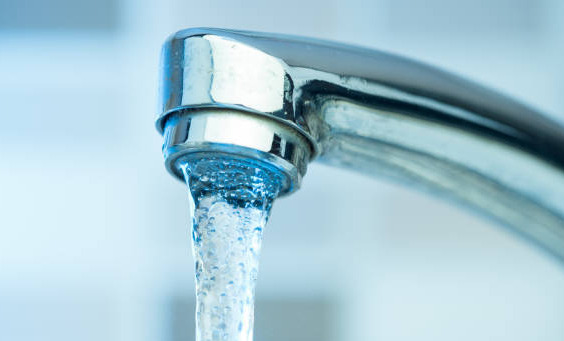The US Environmental Protection Agency on Tuesday proposed limiting the amount of harmful PFAS, or per- and polyfluorinated substances, otherwise known as “forever chemicals”, in drinking water to the lowest level that tests can detect, in what is a long-awaited protection the agency said will save thousands of lives and prevent serious illnesses, including cancer.
This is the first time the EPA has proposed regulating a toxic group of compounds that are widespread, dangerous and expensive to remove from water. PFAS don’t degrade in the environment and have been linked to a broad range of health issues such as low birthweight babies and kidney cancer. The agency says drinking water is a significant source of PFAS exposure for people.
“The science is clear that long-term exposure to PFAS is linked to significant health risks,” Radhika Fox, assistant EPA administrator for water, said in an interview.
Fox lauded the federal proposal as it could reduce PFAS exposure for nearly 100 million Americans, decreasing rates of cancer, heart attacks and birth complications, and calls it a “transformational change” that will improve the safety of drinking water in the United States.
Read also: 1.5C goal under threat by Chinese coal boom, analyst warn
The chemicals had been used since the 1940s in consumer products and industry, including in nonstick pans, food packaging and firefighting foam but their use is now mostly phased out in the U.S.
The proposal would set strict limits of 4 parts per trillion, the lowest level that can be reliably measured, for two common types of PFAS compounds called PFOA and PFOS. In addition, the EPA wants to regulate the combined amount of four other types of PFAS. Water providers will have to monitor for PFAS.
The agency said its proposal will protect everyone, including vulnerable communities, and reduce illness on a massive scale. The EPA wants water providers to do testing, notify the public when PFAS are found and remove the compounds when levels are too high.
Story was adapted from AP.
